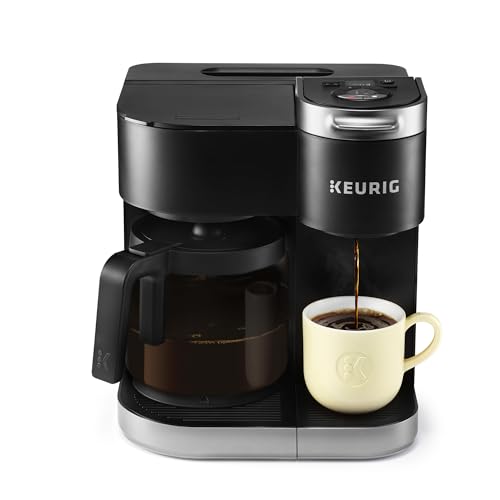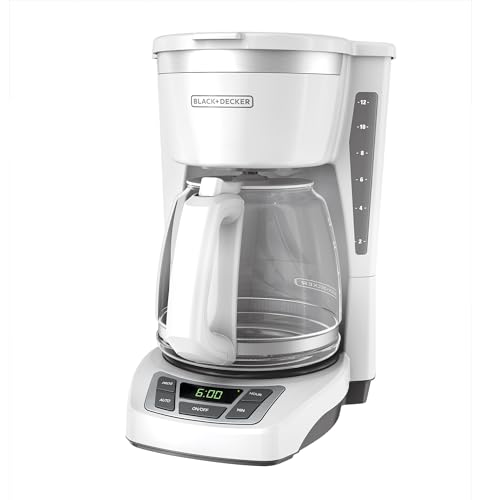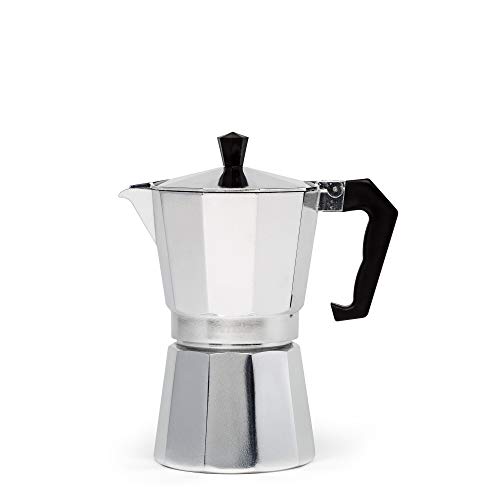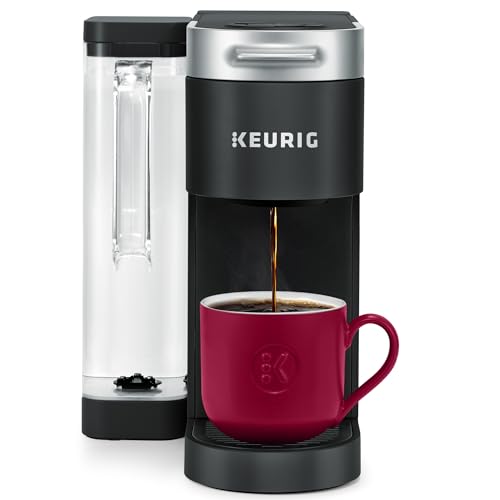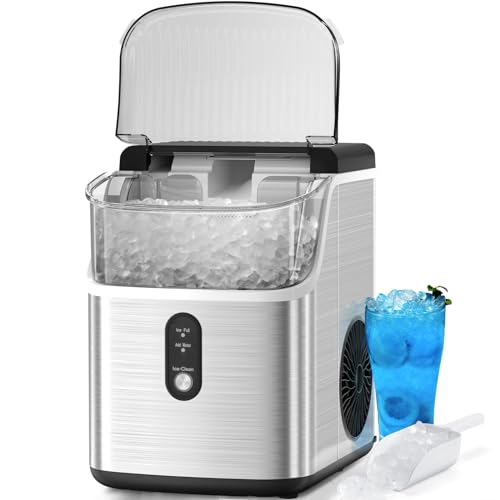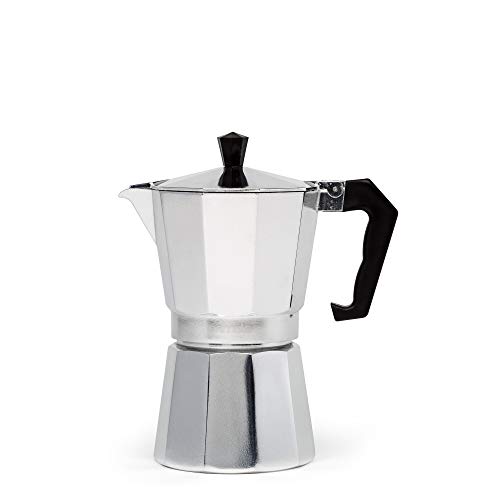“Can Blenders Be Used as Juicers?” is a question that often arises when trying to maximize kitchen appliance utility. This topic warrants attention as many households have blenders, and the possibility of using them as juicers can potentially save both kitchen space and money.
The comparison concerns two processes: blending, which involves chopping food into tiny pieces to create a thick, smoothie-like consistency, and juicing, which extracts the juices from fruits and vegetables, leaving behind the pulp.
While both serve unique functions, understanding their interchangeability or lack thereof can help consumers make informed decisions. This article will delve into this topic, providing readers with a comprehensive understanding of the capabilities and limitations of their blenders.
Can Blenders Be Used as Juicers?
To answer the question directly, yes, you can use a blender as a juicer with some extra steps involved. However, it’s essential to understand that the end product might not be as clear or pulp-free as what a dedicated juicer would produce.
A blender works by breaking down the entire fruit or vegetable, including the pulp. This can lead to a thicker, smoothie-like drink, which is different from the thin, smooth juice produced by a juicer. While the blender does not separate the juice from the pulp as a juicer does, it does not mean you cannot achieve a similar effect.
If you want to juice with your blender, you will need to add an additional step to the process. After blending your fruits or vegetables, you will need to strain the mixture through a fine-mesh sieve, cheese cloth, or a nut milk bag. This manual separation step will help to remove the pulp and leave you with only the juice.
However, bear in mind that this method might not be as efficient in extracting nutrients from certain hard or fibrous fruits and vegetables like a dedicated juicer would. So, while a blender can technically be used as a juicer, it’s worth considering the differences in performance and the end product.
Benefits of Using a Blender as a Juicer
Utilizing a blender as a juicer has its advantages. First and foremost, it’s a cost-effective method. Not everyone can afford a high-quality juicer, and a blender can be a practical alternative. Moreover, blenders are versatile appliances that can make a variety of other dishes from soups to sauces, in addition to juices.
Furthermore, blended juices tend to retain more fiber than those produced by a juicer. This is because the blender incorporates the entire fruit or vegetable, including the fiber-rich pulp. Dietary fiber plays a crucial role in digestion and can provide a sense of satiety, helping to maintain a healthy weight.
On the other hand, using a blender for juicing is more time-consuming than using a juicer. The manual straining process can be messy and requires additional clean-up. Also, as mentioned previously, the juice yield from a blender may be less than that from a juicer, particularly when dealing with hard or fibrous produce.
In conclusion, whether or not to use a blender as a juicer depends on your personal preferences, health goals, and budget. If you don’t mind a bit of extra effort and a bit more pulp in your juice, then a blender can certainly do the job. But if you prefer clear, pulp-free juice and want to maximize nutrient extraction, a dedicated juicer might be worth the investment.
How to Use a Blender for Juicing
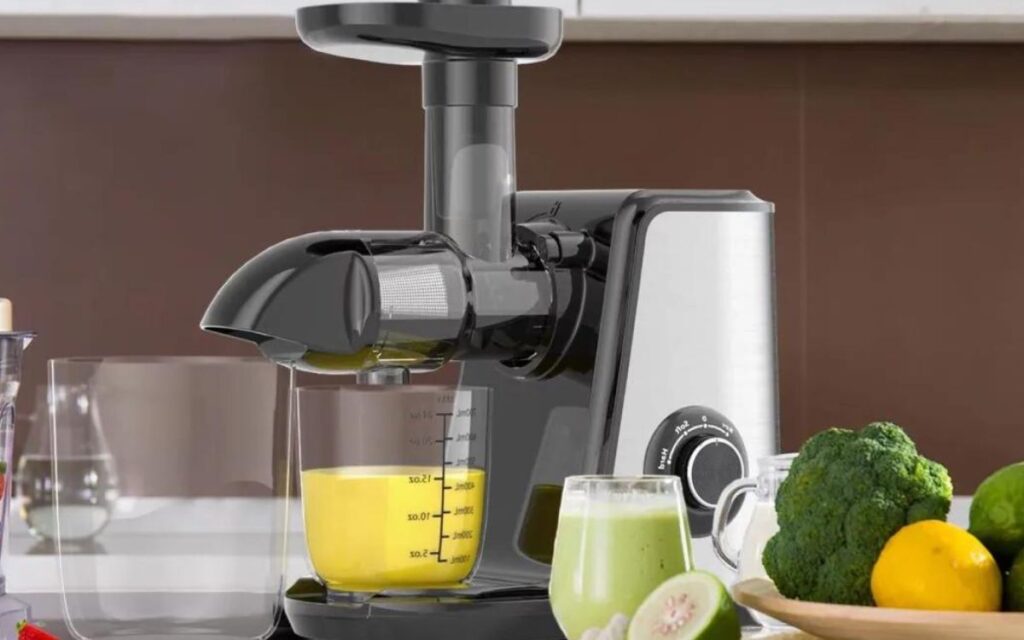
To use your blender for juicing, begin by preparing your fruits or vegetables. Wash them thoroughly and cut them into small, blendable pieces. If you’re using fruits like apples or pears, remember to remove the seeds.
Next, add your prepared produce to the blender. You might also want to add a bit of water to help the blending process, especially if you’re working with thicker fruits or vegetables. Start blending at a low speed and gradually increase to a higher speed until the mixture is smooth.
Once you have a smooth blend, it’s time to separate the juice from the pulp. As mentioned earlier, you can accomplish this by straining the blended mixture through a fine-mesh sieve, cheese cloth, or a nut milk bag. Pour the blended mixture into your chosen strainer over a large bowl or jug, and let the juice filter through.
Finally, give it a gentle squeeze or press to ensure you’re extracting as much juice as possible. Remember to clean your blender and strainer immediately after use to avoid stains and build-ups.
Now, your homemade juice is ready to enjoy! Despite the few extra steps, the process is fairly straightforward and can be a handy alternative if you don’t have a juicer.
FAQs
Numerous questions arise when discussing the possibility of using blenders as juicers. Here are some common inquiries to aid your understanding and decision-making process.
1. Is juice made from a blender as healthy as juice made from a juicer?
The health value of juice made from a blender versus a juicer largely depends on your dietary needs. Juice made from a blender usually contains more fiber because it incorporates the whole fruit or vegetable, including the pulp.
This can be beneficial for digestion and satiety. However, some nutrients might be lost in the pulp that a juicer would otherwise extract. Additionally, juice from a blender can be thicker and less clear.
2. Can all types of fruits and vegetables be juiced in a blender?
While a blender can technically process all types of fruits and vegetables, its efficiency varies. Soft fruits and vegetables blend easily and produce a good amount of juice. However, hard or fibrous produce like carrots or celery might not yield as much juice and can be tough on your blender over time.
3. What are the main differences between a blender and a juicer?
A blender processes the entire fruit or vegetable, creating a thick, smoothie-like drink that includes the pulp. This results in a higher fiber content but may also mean a thicker, less clear juice.
On the other hand, a juicer extracts the juice from fruits and vegetables, leaving behind the pulp. This yields a clearer, pulp-free juice that might contain more nutrients. However, using a juicer can be more expensive and less versatile than a blender, as it’s primarily designed for juicing only.
Final Thought
In the debate of “Can Blenders Be Used as Juicers?“, it’s evident that there are pros and cons to each side. The final decision largely depends on your personal needs and preferences. Remember, no tool is perfect; each has its strengths and potential drawbacks.
If you value the inclusion of dietary fiber in your juice, enjoy thicker, smoothie-like beverages, and appreciate the versatility of being able to create other dishes, a blender may be your ideal choice. However, it’s worth acknowledging that this choice may involve a bit more effort in the form of manual straining and potentially lower juice yields with certain types of produce.
On the contrary, if you desire clear, pulp-free juice with possibly higher nutrient extraction, and don’t mind the higher cost and single-purpose nature of the tool, a juicer could be the way to go. In the end, the question isn’t just “Can Blenders Be Used as Juicers?”, but “Which method best suits my needs, preferences, and lifestyle?”
